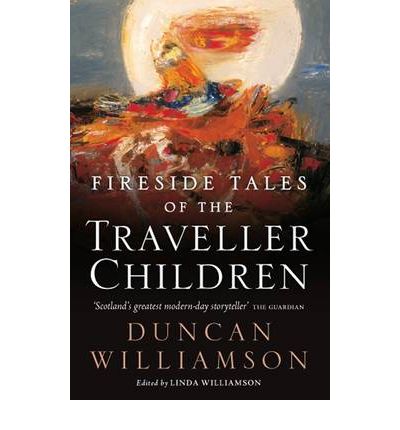 Getting up in the night to feed Finch has had a number of unexpected benefits. I heard the dawn chorus one morning, bright and unearthly coming through the gently diminishing gloom and seeping between the layers of my sleep-thickened brain. Another has been reading. I get at least an hour of stillness and quiet (when Big Dreamer isn’t snoring!) to delve into a good book, and with my recent purchase of a kindle I can even read the odd tome without unbalancing my breastfeeding acrobatics too much.
Getting up in the night to feed Finch has had a number of unexpected benefits. I heard the dawn chorus one morning, bright and unearthly coming through the gently diminishing gloom and seeping between the layers of my sleep-thickened brain. Another has been reading. I get at least an hour of stillness and quiet (when Big Dreamer isn’t snoring!) to delve into a good book, and with my recent purchase of a kindle I can even read the odd tome without unbalancing my breastfeeding acrobatics too much.
A non-tome book I have not long finished is called Fireside Tales of the Traveller Children published by Birlinn. Birlinn is one of my favourite publishers. The name comes from the Old Norse word birlinn, which is a type of boat used in the Hebrides and West Highlands of Scotland in the Middle Ages. Birlinn focuses on Scottish interest books and as a result it prints original and unusual books that you wouldn’t find anywhere else. Fireside Tales of the Traveller Children is one such book. It is a collection of tales told by the Traveller storyteller Duncan Williamson, and edited by his wife, the scholar Linda Williamson.
These are essentially the ‘fairytales’ of a particular community and as all such fairytales should, they make me shiver as much as they delight, especially the burkers (body-snatchers!). In the preface Duncan Williamson talks about the purpose of telling stories to children for the Travelling people. He says that they help us “to understand what is in store for us in the future, telling us how to live in the world as natural human beings – not to be greedy, not to be foolish, daft or selfish.” He laments that modern-day Travelling people now live in motor homes and watch television, which he believes has led to a decline in storytelling amongst them. He tells of his own life as a traveller in the early part of the last century. It goes to show how ill-informed I am about the Travelling community that I was surprised to read Williamson describe how the Travelling people walked everywhere with all their worldly belongings on their backs. Not then the brightly coloured caravans I stereotypically picture them in. When they found a suitable campsite they pitched tents and were often welcomed into rural communities because of their great skill at working tin. I found his description of their lives enthralling.
For an insight into the modern day Travelling community from a younger generation I would recommend the work of illustrator Mitch Miller, who himself comes from the Scottish Travelling people. He was briefly one of my lecturers at Edinburgh College of Art and last year won an Association of Illustrators award for his dialectograms depicting the Travelling community in Glasgow. You can read more about his dialectograms here and read about his award here. I thought he brought real humanity to the project and to a group who aren’t regularly portrayed with much humanity in the media. And of course, Traveller as University Lecturer isn’t a headline you often hear in the Press either.







One Response to Fireside Tales of the Traveller Children